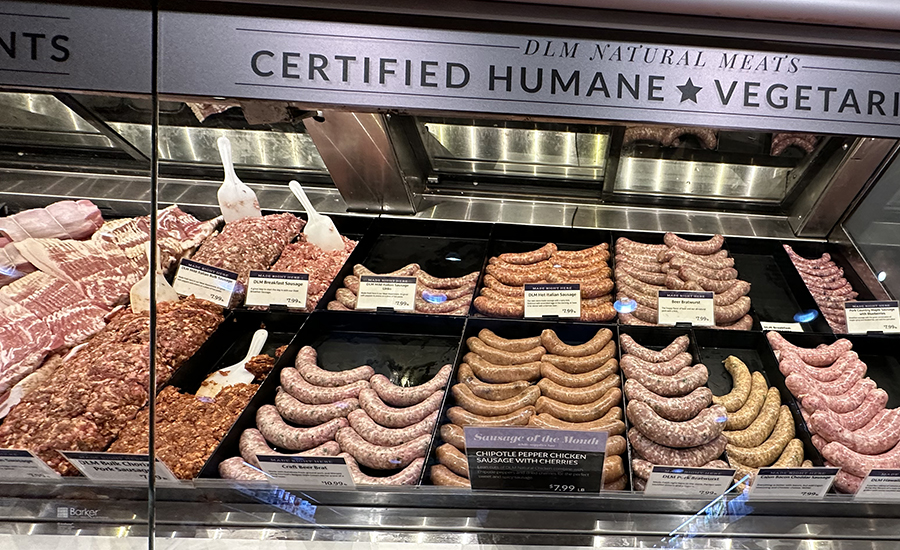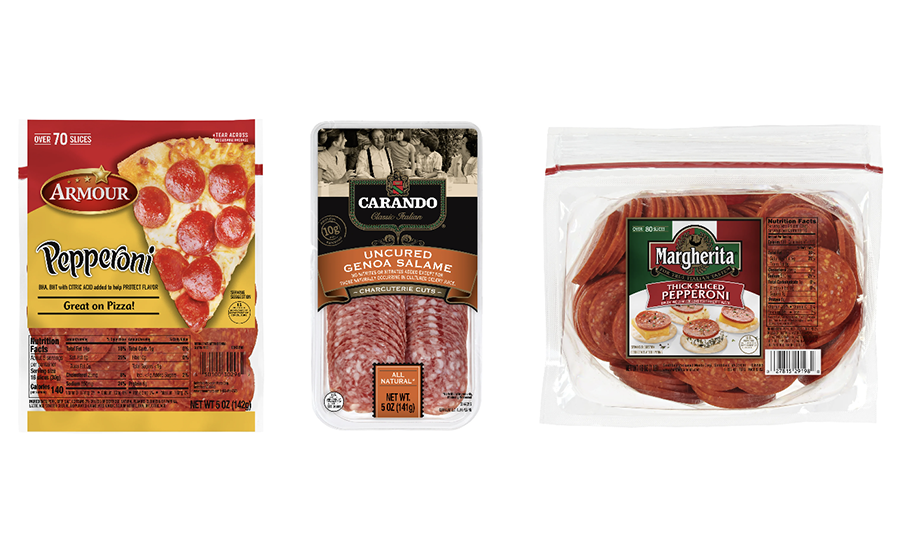Sausage Report 2024
Product variety and innovation propel sausage at retail
June 25, 2024
Sausage Report 2024
Product variety and innovation propel sausage at retail
June 25, 2024Variety and innovation are propelling the sausage category forward. In our 2023 Sausage Report, we noted that consumers want it all: convenience, value and product innovation. Well into 2024, that trend does not seem to be slowing.
Anne-Marie Roerink, principal at 210 Analytics, noted that, due to inflationary pressures, processed meat costs have risen more than fresh meat prices. This has led to fresh meat outpacing processed protein at retail. “Over the past year, year-over-year dollar sales declined 2.3% and pound sales decreased by 3.7%,” Roerink said.
Still, sausage remains resilient. Despite high price points, Roerink noted, “All three forms of sausage were above-average performers on the processed meat side, with dinner sausage delivering pound growth.”

Out of the three sausage retail categories – dinner, frankfurters and breakfast sausage – dinner sausage was the only category to see any growth. To capitalize on the success of dinner sausage, Roerink said retailers are utilizing limited-time flavors and standout products to drive trips to the store.
“With the popularity of dinner sausage, in particular, retailers have an opportunity to integrate these items in barbecue/grill-ready recipes, deli-prepared offerings to offer an alternative to rotisserie and fried chicken, as part of ready-to-cook dishes in the deli, etc,” Roerink said.
Roerink noted that sausage is a popular product with consumers, meaning that sausage is a great place to explore flavor variety.
Looking for a reprint of this article?
From high-res PDFs to custom plaques, order your copy today!
Within the dinner sausage category, pork is on top, sitting at $2.6 billion per year and rising 1.1% in sales 3.3% in volume. Despite the popularity of pork dinner sausage, Roerink noted that variety in protein type is helping drive growth. “Volume sales grew year-over-year for dinner sausage made using beef, chicken, turkey and veal,” she said.
Doug Baldwin, brand manager for Smithfield Foods, noted a similar trend for Smithfield sausage products. Baldwin said, “products offering multiple proteins, including dry sausage variety packs are strong in the category and continue to grow.”
The rising popularity of protein variety is evident in the breakfast sausage category. “While pork breakfast sausage is easily the biggest seller, with annual sales of $1.9 billion, it is chicken breakfast sausage that is growing rapidly year-on-year, up 26.7% in dollars and 28.6% in pounds,” Roerink said.

Despite the continued strain on American consumers’ pocketbooks, Roerink said that volume has only gone down by 0.2% for breakfast sausage, indicating a deflationary environment. “Many items on the processed meat side are experiencing deflation, which is likely going to result in improved engagement over the next six months in terms of household penetration and purchases.”
Although processed meat has been lagging in both sales and volume, the future is looking bright for processed retail meats.
Baldwin noted that high prices are not deterring consumers from their sausage purchases. He said, “Long-term prices are up in most sausage categories, however, volume growth remains strong, especially with dry/cured sausage, as charcuterie boards and snacking occasions continue to draw consumers.”
In fact, dry sausage is Smithfield Foods’ most popular sausage product. While pepperoni and peppered salami are growing quickly, Genoa Salami and Prosciutto remain steadfast, Baldwin said. Smithfield is catering to fast-growing consumer trends with new pepperoni products from Carando and Margherita.
As the dry-sausage category quickly grows, Smithfield has decided to acquire a dry-sausage Cargill production plant in Nashville, Tenn.
“Our planned acquisition of Cargill’s Nashville facility will expand our production capacity, enhancing our ability to serve growing consumer demand for high-quality charcuterie, pizza toppings, deli and other dry sausage products,” Baldwin said. “The acquisition will complement Smithfield’s existing portfolio of dry sausage brands, including Margherita, Carando and Armour, by adding capacity for the foodservice segment.”
For producers looking to gain market share in the sausage, Smithfield said that value-added sausage products, featuring claims such all-natural or reduced-sodium, perform well. In addition to value-added product, adding value to the packaging is another way to drive sausage sales. “Packaging that offers convenience, such as resealable packs are also becoming a necessity as many consumers engage in the category for snacking,” Baldwin said.









